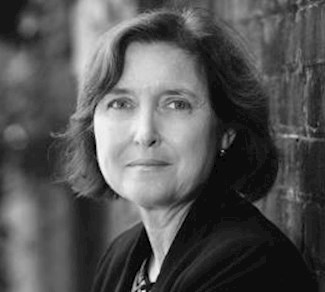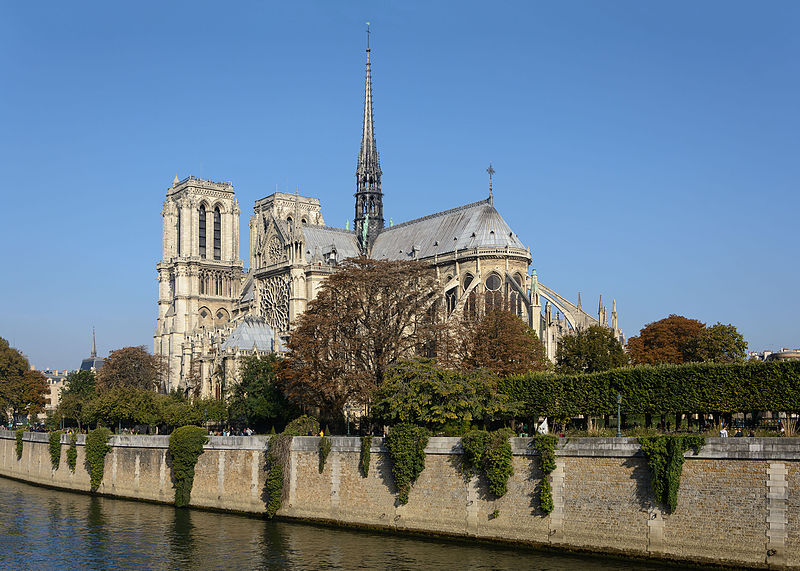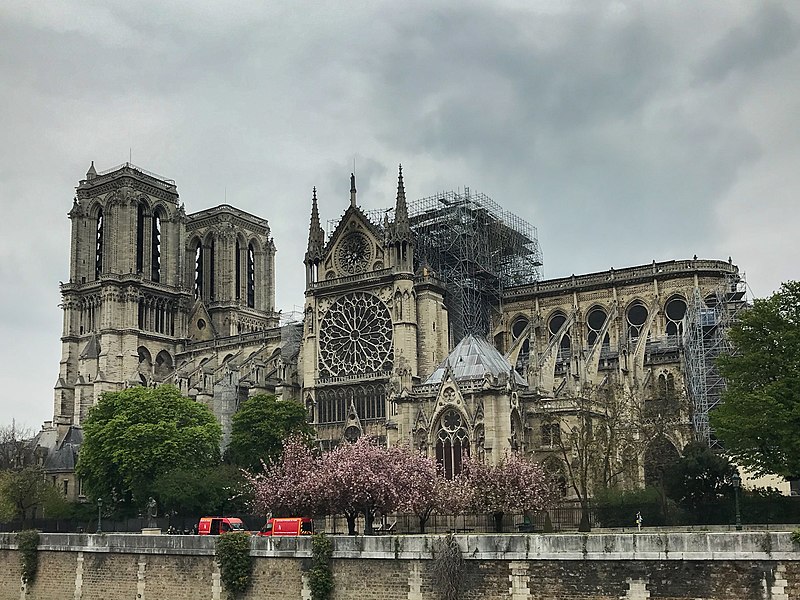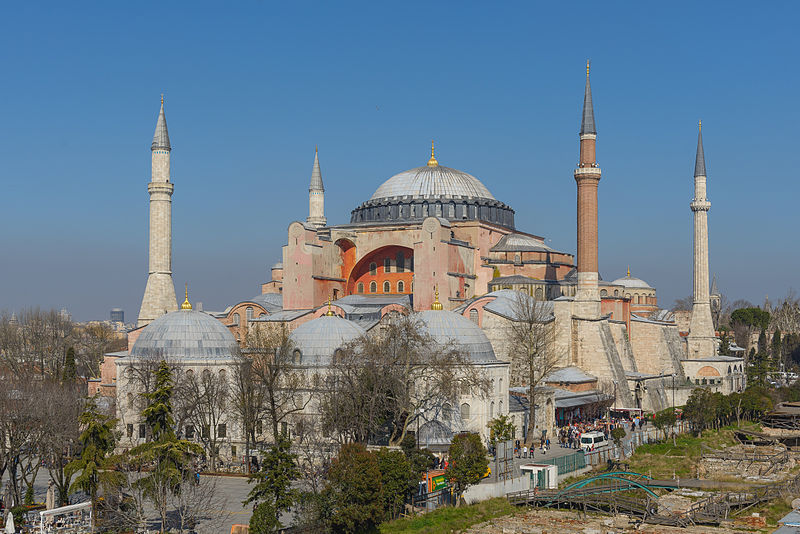Rebuilding Notre-Dame
 The April 2019 fire that damaged the 800-year-old Notre-Dame Cathedral sparked controversy about its rebuilding. Lisa Reilly, professor and director of the Undergraduate Architectural History program in the School of Architecture at the University of Virginia, sheds light on the debate and how she integrated it into her architectural history course last fall.
The April 2019 fire that damaged the 800-year-old Notre-Dame Cathedral sparked controversy about its rebuilding. Lisa Reilly, professor and director of the Undergraduate Architectural History program in the School of Architecture at the University of Virginia, sheds light on the debate and how she integrated it into her architectural history course last fall.
We welcome your thoughts below!
It has taken over a year for the French government to decide the fate of Notre-Dame Cathedral, the historic emblem the French nation tragically damaged by fire on April 15, 2019. Following months of heated debate, unofficial design contests, and political posturing, the announcement came on July 9 that “The President of the Republic became convinced of the need to restore Notre-Dame de Paris as closely as possible to its last complete state, coherent and well-known, while betting on sustainable development in the choice of materials and site management” (Notre-Dame to be rebuilt as it was before).

So, what happened to the innovative proposals to integrate modern designs and concerns into the historic fabric? Although largely regarded as medieval, Notre-Dame is in fact not, like most historic structures, of a specific moment or time but has a long and complicated history of building and rebuilding. In addition, it looms large in French history as the scene of violent anti-royal attacks during the French Revolution followed by its establishment as “the very face of France” according to art historian Michael Camille in the wake of its famous restoration by Emanuelle Viollet-le-Duc in the nineteenth century. Viollet was also responsible for the design and construction of the spire dramatically destroyed in the fire as well as for creating the idea of the cathedral as a French national icon. Given this ongoing history of revision and renewal, why was adding to that narrative with innovative new ideas rather than reproducing the pre-fire appearance of the now government-owned cathedral so controversial?

As we know from debates surrounding the buildings of our own historic Grounds here at UVA, architectural change is always contentious. Yet change seemed to be a significant part of the history of Notre-Dame, some argued, including students in my survey of architectural history course last fall. The class was given a group of materials concerning the controversy including links to some of the proposed redesigns (12 Notre-Dame proposals) and asked to write a short essay identifying the key issues surrounding the decision of how to move forward with work on the damaged structure. They were also asked to assess the possible solutions proposed in the assigned materials and offer their advice to those charged with the decision.
As you might imagine, the 120 or so students had opinions as wide-ranging as the general public and experts weighing in on the controversy. One argued that preserving a unified medieval appearance was most important for offering modern visitors a semblance of what the medieval experience of the building might have been while others suggested that a redesign might make the building more relevant to modern life and more meaningful for the people of Paris—with a sustainably designed modern roof (Studio Drift) or urban farm space (Studio Nab). Both are perspectives worth considering and indeed surveys showed the French public nearly evenly split on the direction that repairs to the cathedral should take (Survey).

Architectural historians like to talk about the biography of a building – that is, its entire history of construction and use rather than just the moment of its creation. Notre-Dame’s history has included a past as the site of several Roman temples, earlier Christian churches, a Gothic building of several distinct phases of construction as well as the historic “restoration” by Viollet-le-Duc. It was Viollet who articulated the connection between the development of modernism and medieval architecture and established the cathedral as an icon of the secular nation which looked to the future as much as to the past. Just after the fire, French president Emmanuel Macron declared that this “reminds us that our history never stops.” So, the question remains of whether the repair work should hold Notre-Dame at the moment of its medieval and nineteenth century pasts or move it forward to project an image of 21st century France.

As for my architectural history students, this year we will turn to a new controversy – the re-introduction of Muslim religious services into the equally complex historic structure of Hagia Sophia. If you want to get a head start – you can check out one of our assigned readings: Hagia Sophia controversy.
- A Revolution in the Air: The Wright Brothers Take to the Sky on December 17, 1903
- Musings on National Violin Day
- Making the Promise Real: How a UN Tax Convention Can Fulfill the UNDHR’s Vision
- UVA Club of Atlanta: Virtual Pilates Class
- UVA Club of Houston: Hoo-liday Party
- UVA Club of Fredericksburg: Hoo-liday Lights Tour